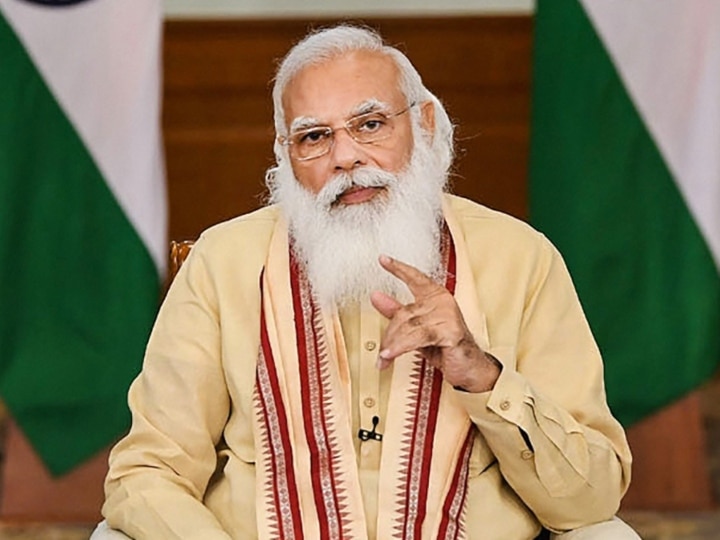New Delhi: PM Narendra Modi will interact with Chief Ministers of Assam, Nagaland, Tripura, Sikkim, Manipur, Meghalaya, Arunachal Pradesh and Mizoram at 11 am today via video conferencing. He will talk to the CMs about the COVID-19 situation in these states, news agency ANI reported.
This comes as there are fresh worries about the COVID-19 pandemic rearing its head again as the R-factor, which indicates the speed at which the infection is spreading in the country, has risen recently leading to a sluggish pace in the decline of active cases.
ALSO READ | Southwest Monsoon: Orange Alert Issued In Seven Districts Of Karnataka, Six People Died
Even as the nationwide tally of new cases remaining low, Kerala and northeast states have emerged as regions of concern, revealed an analysis by researchers at the Institute of Mathematical Sciences in Chennai recently.
The R-factor has increased slightly to 0.88 in June-end after being at its lowest-ever value of 0.78 from mid-May till late last month, it showed.
Sitabhra Sinha, who led the team of researchers, said the 'R' for India is still below one, so the number of active cases is decreasing at a much slower rate. The same trend of slowing down in the rate of decline in active cases is also seen in many states.
"Kerala showed a brief spike in cases and its R continues to hover close to 1. The northeast region is of great concern. Manipur, Arunachal Pradesh and possibly Tripura are showing a rise in the number of cases," Sinha pointed out.
In Kerala, the R-value is estimated to be around 1.10. In the northeastern states, the R for Manipur is 1.07, Meghalaya 0.92, Tripura 1.15, Mizoram 0.86, Arunachal Pradesh 1.14, Sikkim 0.88, Assam 0.86.
Rising COVID-19 cases in Kerala, along with the recent outbreak of the Zika virus, is a cause of concern for the health authorities while they try to bring down daily new infections.
"India's R has increased a bit to 0.88 from June-end after being at the lowest ever value of 0.78 (since the pandemic began in March last year) from mid-May till late last month," Sinha said.
This means, every 100 infected people on average pass on the infection to 88 other individuals. If R is lesser than 1, it means the number of newly infected people is lower than the number of infected people in the preceding period which means the disease incidence is going down, the lead researcher informed.
"The smaller the value of R is, the faster the disease is on decline. Conversely, if R is greater than 1, the number of infected people is increasing in each round -- technically, this is what we call the epidemic phase. The bigger the number is than 1, the faster the rate of spreading of the disease in the population," Sinha added.
Earlier this month, Manindra Agarwal, a scientist of a government panel tasked with modeling of COVID-19 cases had shared an estimate that the third wave of coronavirus could hit the peak between October-November if COVID appropriate behaviour is not followed, but the country may see half the daily cases recorded during the second surge.
Agarwal also cautioned that the third wave could spread faster if a new virulent variant emerges.
(With Inputs From Agencies)


